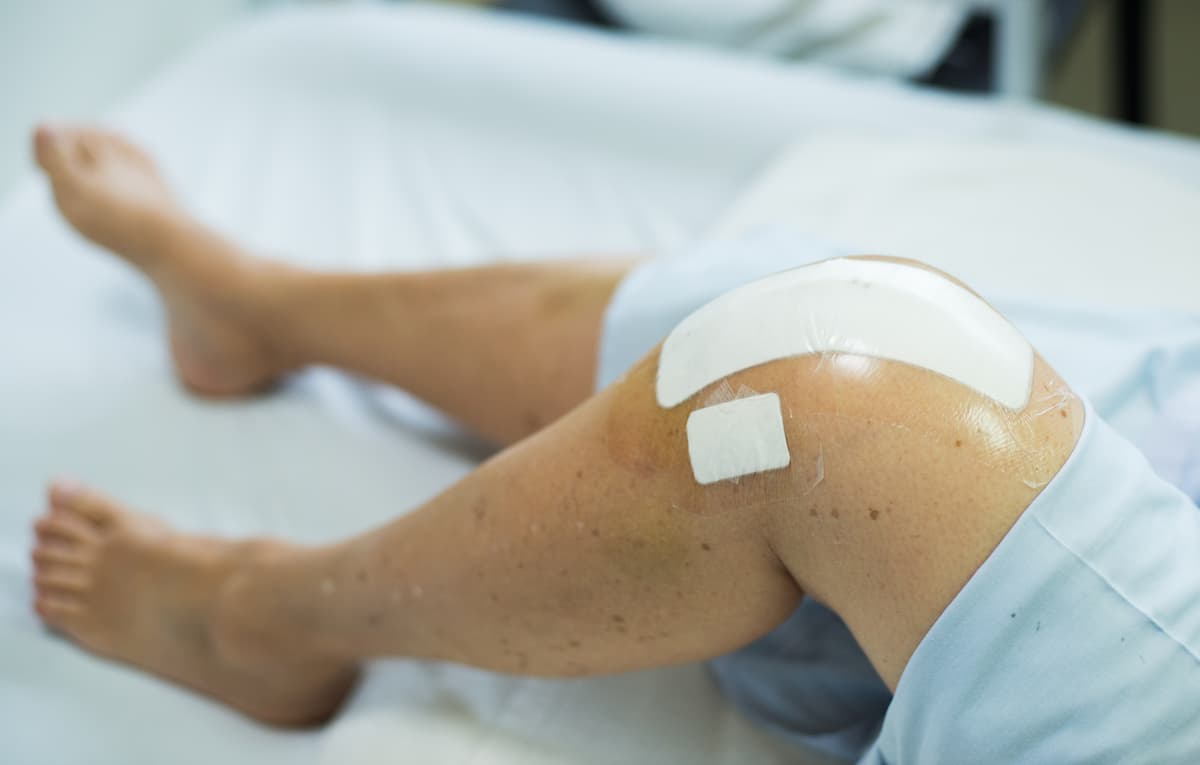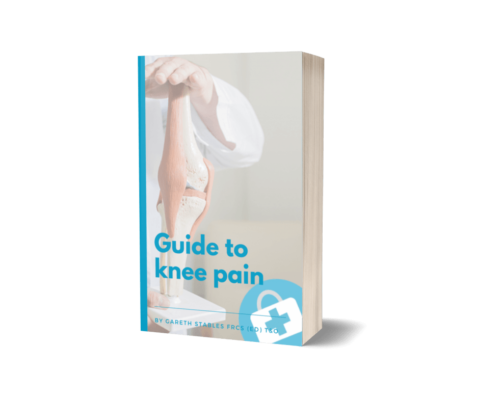Kneeling After Knee Replacement Surgery: Tips for a Pain-Free Experience

Knee replacement surgery, also known as knee arthroplasty, is a life-changing procedure that can alleviate chronic pain and restore mobility in people suffering from severe knee arthritis. However, one question that I often get asked by my patients is whether they can kneel comfortably and safely after their surgery. Kneeling can be important in various aspects of our daily lives, from gardening and playing with grandchildren to praying or participating in certain sports. In this blog, as a specialist knee surgeon, I will provide you with some valuable advice and practical tips on how to kneel comfortably and safely after your knee replacement surgery.
Understanding Knee Replacement Surgery
Before we delve into the details of kneeling post-surgery, it's essential to have a basic understanding of what knee replacement surgery entails. Knee replacement is a surgical procedure where a damaged or worn-out knee joint is replaced with a prosthetic implant. This is typically performed for individuals with severe osteoarthritis, rheumatoid arthritis, or other conditions that cause significant joint degeneration.
The primary goal of knee replacement surgery is to relieve pain, improve mobility, and enhance the overall quality of life for the patient. The procedure can involve replacing one or both sides of the knee joint, known as a partial or total knee replacement. After the surgery, there is a period of rehabilitation to regain strength, flexibility, and function in the knee.
Kneeling After Knee Replacement: What You Need to Know
Kneeling can be a cause for concern among patients after knee replacement surgery due to the fear of discomfort or damage to the implanted joint. However, it's important to note that, with the right approach and proper guidance, kneeling can often be a part of your post-surgery life.
1. Timing Matters
The timing of when you can comfortably kneel post-surgery is a critical factor. The ability to kneel varies among patients, and it can depend on several factors such as the type of surgery, individual healing rates, and the specific rehabilitation program you follow. In general, you should avoid kneeling until your surgeon gives you the green light. Typically, patients are advised to wait at least six weeks before attempting to kneel.
2. Consult with Your Surgeon
Your orthopaedic surgeon is your best source of information regarding when it's safe to kneel after knee replacement surgery. They will assess your progress and provide you with personalized recommendations. It's essential to maintain open communication with your healthcare team throughout your recovery journey.
3. Strengthen Your Muscles
Before you attempt to kneel, it's crucial to have strong quadriceps and hamstrings. Strengthening these muscles will provide better support to your knee joint. Your physical therapist will guide you through exercises designed to build muscle strength and improve your overall stability. These exercises will be an integral part of your post-surgery rehabilitation.
4. Flexibility Is Key
In addition to muscle strength, you need to focus on regaining the flexibility of your knee joint. Range of motion exercises and stretching should be an essential part of your rehabilitation program. A flexible knee joint is less likely to strain when you attempt to kneel.
5. Protect Your Knee
Once you're ready to attempt kneeling, it's crucial to protect your knee joint. Consider using cushioning, such as a soft pillow or a kneeling pad, to reduce pressure and discomfort. You may also want to place your operated knee on a stable and supportive surface, like a mat or carpet, to avoid excessive strain.
6. Proper Technique
When you do start kneeling, use proper technique. Here's a simple guide:
a. Start by ensuring your supporting leg is strong and stable.
b. Slowly lower yourself down, keeping your back straight and your weight evenly distributed.
c. Use your hands or a nearby support, like a table or chair, to assist you in lowering and raising your body.
d. Avoid twisting your knee, and move slowly and deliberately.
e. Listen to your body – if you experience pain or discomfort, stop immediately.
7. Gradual Progression
It's essential to take a gradual approach to kneeling. Start with short and infrequent attempts, and gradually increase the duration and frequency as you become more comfortable and confident. Remember that your knee may still be sensitive, and pushing too hard too quickly can lead to complications.
8. Monitor Your Knee
After you've started kneeling, pay close attention to how your knee reacts. Some discomfort may be expected, but if you experience persistent pain, swelling, or other concerning symptoms, consult your surgeon or healthcare provider promptly. It's crucial to listen to your body and prioritise your safety.

Conclusion
Kneeling after knee replacement surgery is a topic that concerns many patients, but with proper guidance and a well-planned approach, it can become a part of your post-surgery life. Remember that everyone's recovery journey is unique, so it's essential to consult with your surgeon and physical therapist for personalized advice and recommendations.
The key to a successful and pain-free experience when kneeling post-surgery is patience, strengthening your muscles, regaining flexibility, and following the advice of your healthcare team. While it may take time to rebuild your confidence in your new knee, taking the necessary precautions and listening to your body will help ensure a safe and comfortable return to activities that involve kneeling.
If you have any specific questions or concerns regarding your knee replacement surgery or your ability to kneel, do not hesitate to reach out to us for guidance. At My Knee Doc we’ll give you personalised advice and support on your journey to a pain-free and active lifestyle after knee replacement surgery.


